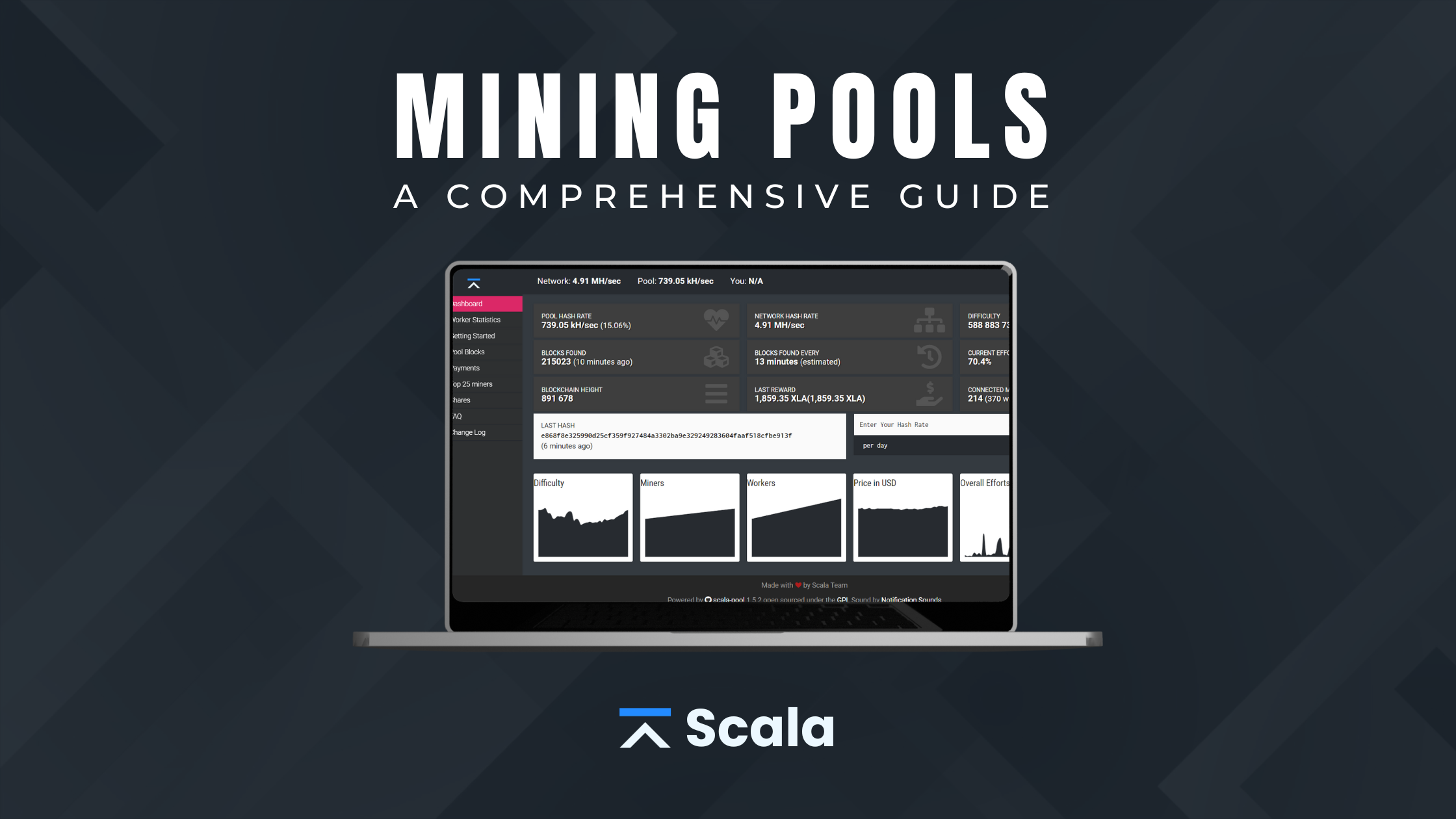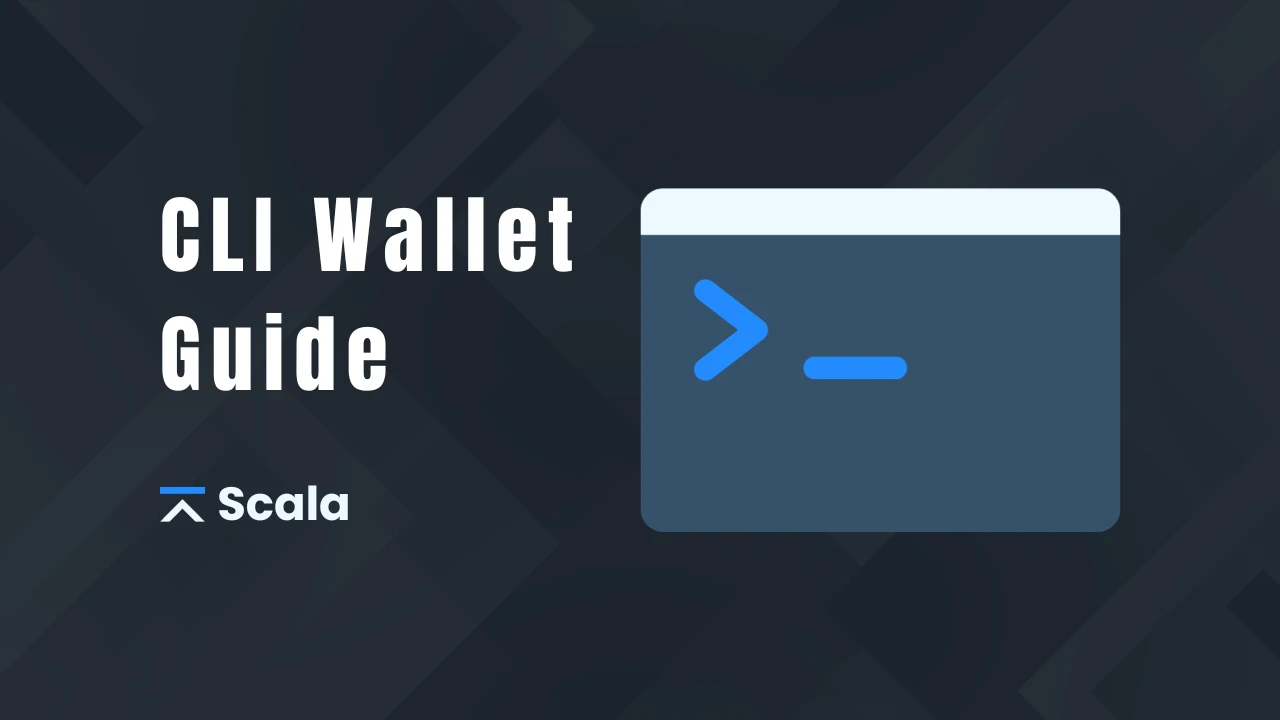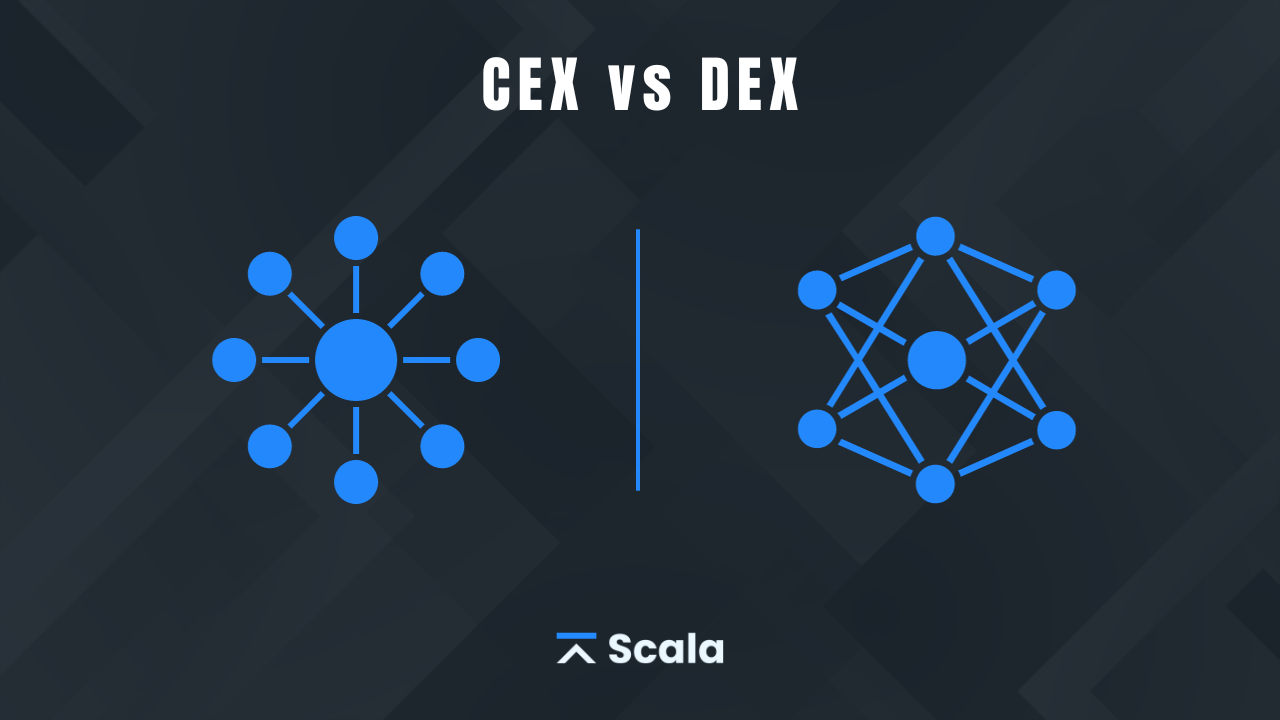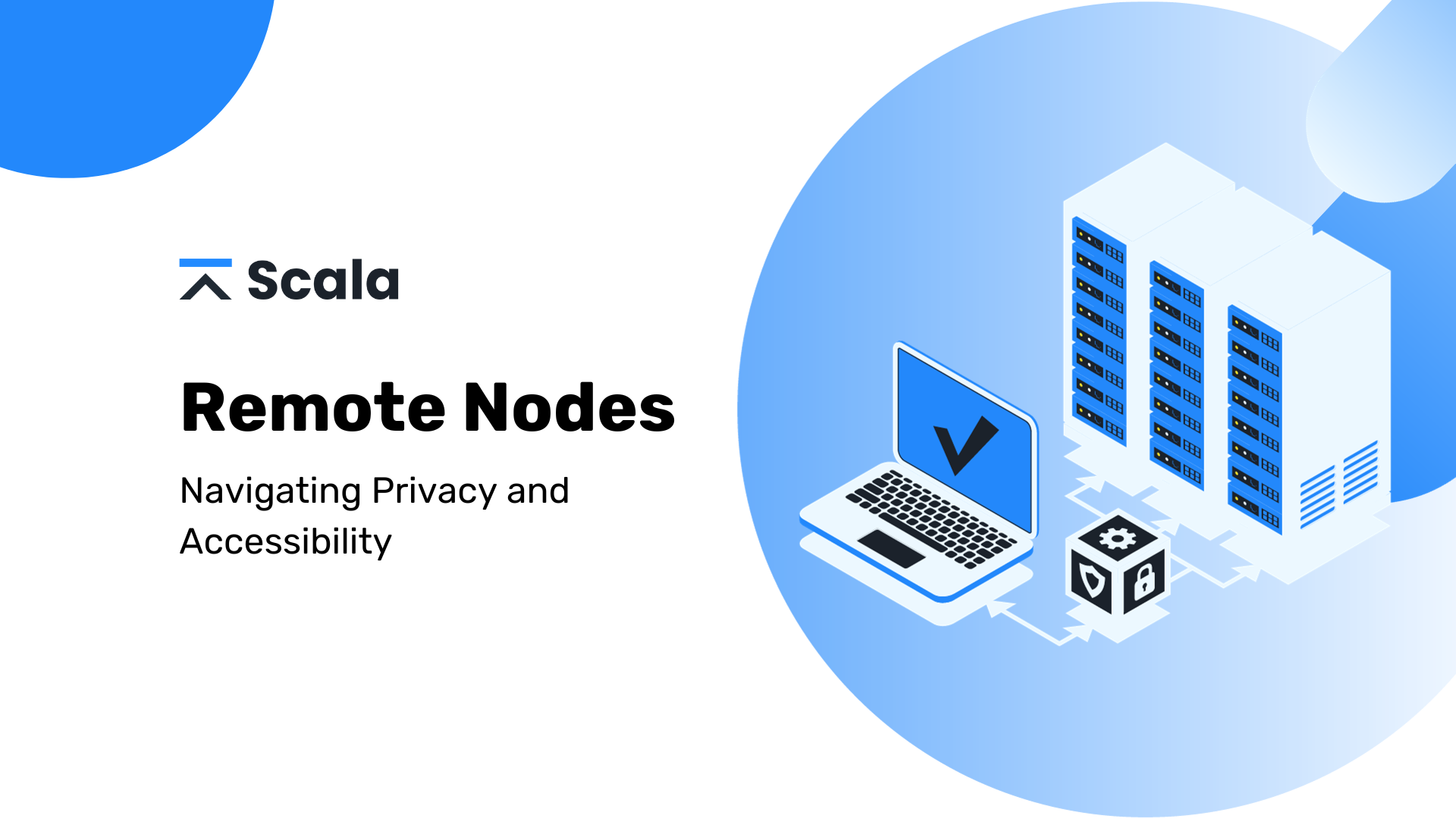
Introduction
In the ever-evolving landscape of cryptocurrency, one concept stands out as a testament to collaborative effort and efficiency – mining pools. Cryptocurrency mining, particularly for well-established coins like Bitcoin, has become a complex and resource-intensive task. Mining pools offer a solution to individual miners looking to level the playing field and increase their chances of earning rewards. In this guide, we’ll delve into the definition, workings, methods, benefits, and potential drawbacks of mining pools.
What Is a Mining Pool?
At its core, a mining pool is a collective of cryptocurrency miners who combine their computational resources to enhance the likelihood of successfully mining a new block. Mining, the process of validating transactions and adding them to the blockchain, involves solving complex mathematical problems. This endeavour is time-consuming, energy-intensive, and requires powerful computers capable of handling massive calculations.
Individual miners face substantial challenges in terms of costs and competitiveness. Joining a mining pool emerges as the most cost-effective approach, as it significantly increases the odds of receiving rewards for contributing to the blockchain network.
How a Mining Pool Works
In a mining pool, participants contribute their processing power to collectively find a block. When the pool successfully mines a block, the associated reward is distributed among the participants based on their contributed processing power or shares. Various payout schemes govern the distribution, with popular methods including Pay-Per-Share (PPS), Full-Pay-Per-Share (FPPS), Pay-Per-Share-Plus (PPS+), and Pay-Per-Last-N-Shares (PPLNS).
Proportional mining pools and peer-to-peer mining pools represent common approaches. In proportional pools, miners receive rewards based on the number of shares they submitted for a successfully mined block. Peer-to-peer pools aim to prevent centralization, employing separate blockchains to ensure transparency and prevent cheating.
Mining Pool Methods
Not all mining pools operate the same way, and several protocols govern their functioning. Proportional mining pools and peer-to-peer mining pools are among the most prevalent. Proportional pools distribute rewards based on the number of shares contributed by miners, fostering a fair distribution mechanism. Peer-to-peer pools, on the other hand, prioritize decentralization, preventing central control and potential manipulation.
Payout Schemes
The payout schemes employed by mining pools play a crucial role in determining how rewards are distributed among participants. Common payout schemes include Pay-Per-Share (PPS), Full-Pay-Per-Share (FPPS), Pay-Per-Share-Plus (PPS+), and Pay-Per-Last-N-Shares (PPLNS). Each scheme has its unique calculation method, considering factors like the quality of shares provided and transaction fee rewards.
Benefits of a Mining Pool
Participating in a mining pool offers several advantages to individual miners. The collaborative approach significantly increases the likelihood of earning rewards, providing a more consistent income stream compared to solo mining. Additionally, mining pools require less hardware and electricity from each participant, making it more affordable for miners to cover associated costs and turn a profit.
Disadvantages of a Mining Pool
Despite the benefits, mining pools come with certain drawbacks. Participants relinquish some autonomy in the mining process, adhering to terms set by the pool. Additionally, rewards are divided among pool members, leading to a lower share of earnings for individual miners. For example, the centralization of mining pools, with a few dominant players in the Bitcoin mining process, raises concerns about the intended decentralized nature of cryptocurrencies.
Are Mining Pools Profitable?
The profitability of mining pools depends on various factors, including equipment costs, the chosen pool, payout methods, and individual work contributions. While solo mining grants complete ownership of rewards, the high competition and resource requirements often make it an unprofitable venture. Joining a mining pool enhances the chances of earning rewards, especially considering the increasing difficulty of mining and fierce competition in the crypto space.
For those seeking to mine cryptocurrency and maximize their chances of earning rewards, joining a mining pool is highly recommended. The competitive nature of mining makes it challenging for individual miners to keep up with the network’s hashing power. Mining pools provide a collaborative environment that levels the playing field, increasing the likelihood of success.
The Bottom Line
In the realm of cryptocurrency mining, mining pools have become essential for individual miners looking to remain competitive and profitable. The collaborative effort, shared resources, and increased chances of earning rewards make mining pools a practical choice. However, participants should carefully consider the payout schemes, potential drawbacks, and the overall structure of the chosen mining pool before diving into the world of collaborative mining. As the landscape continues to evolve, mining pools stand as a testament to the dynamic nature of the cryptocurrency ecosystem.
To explore the list of mining pools that support Scala, check here.



